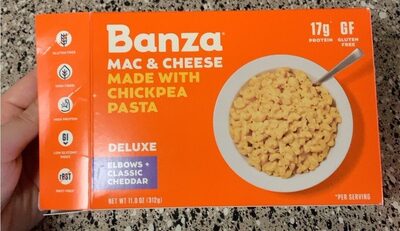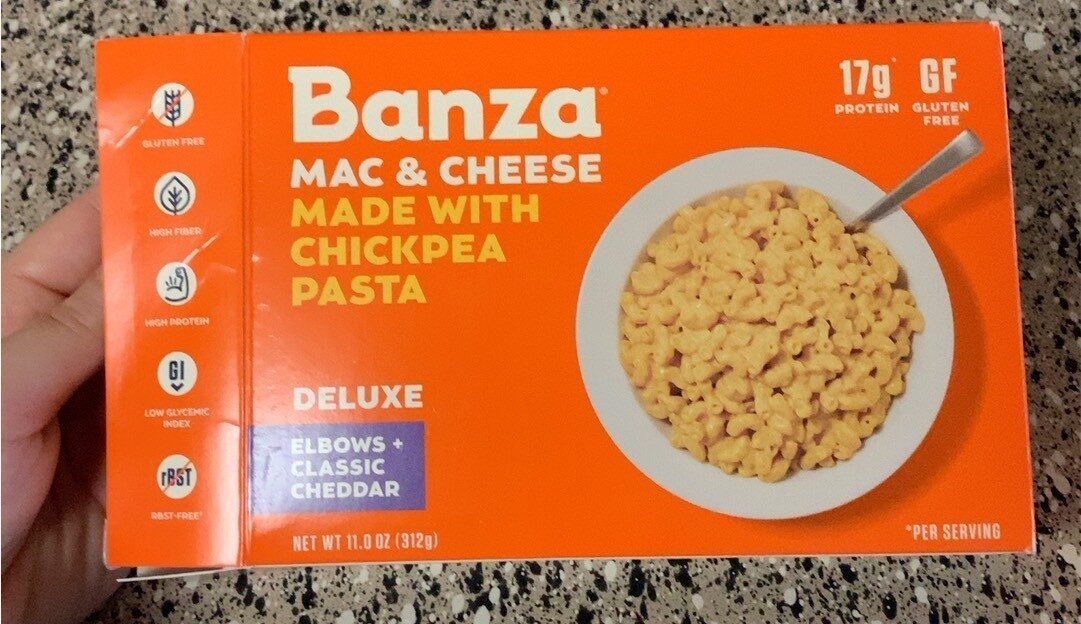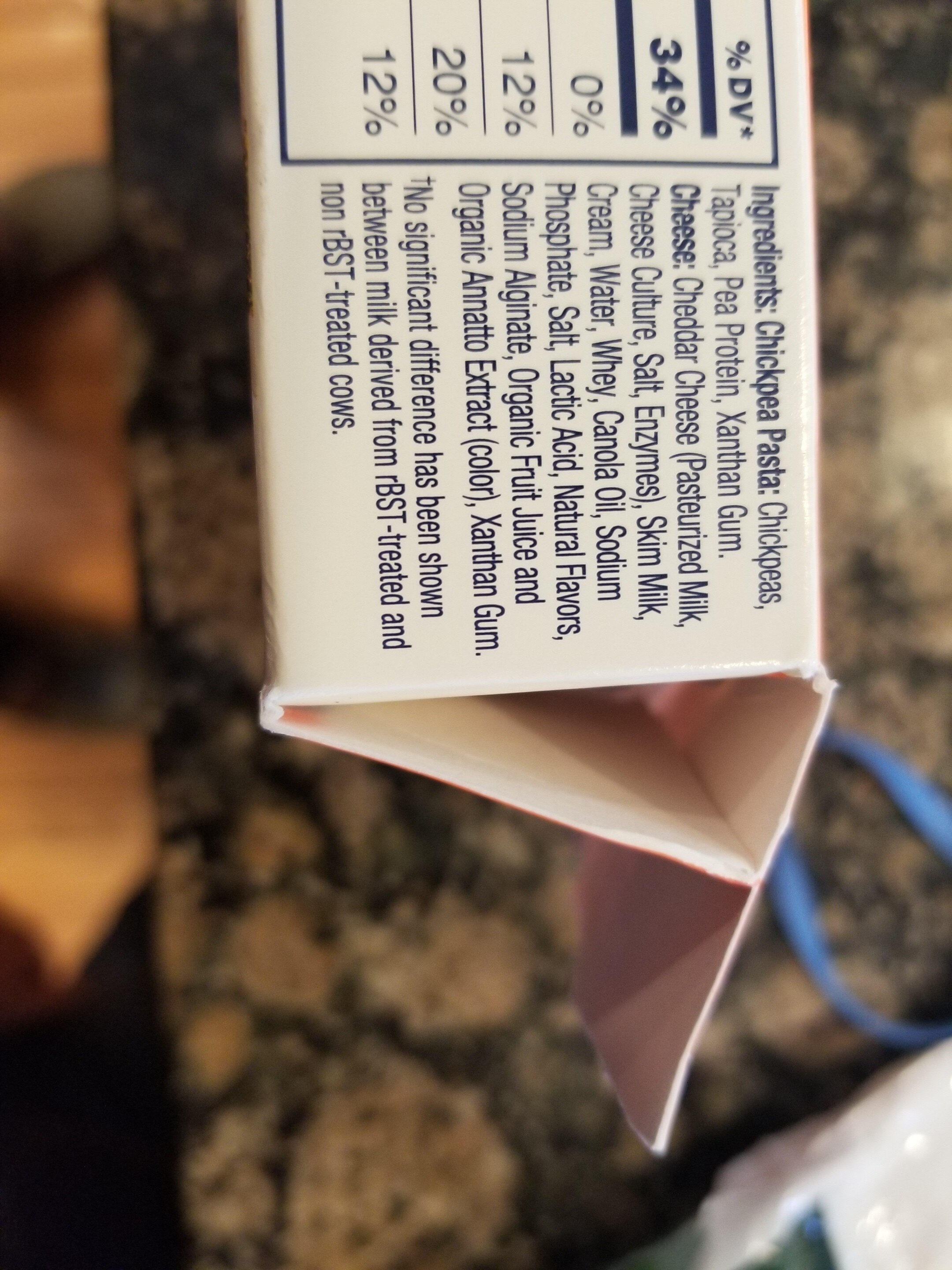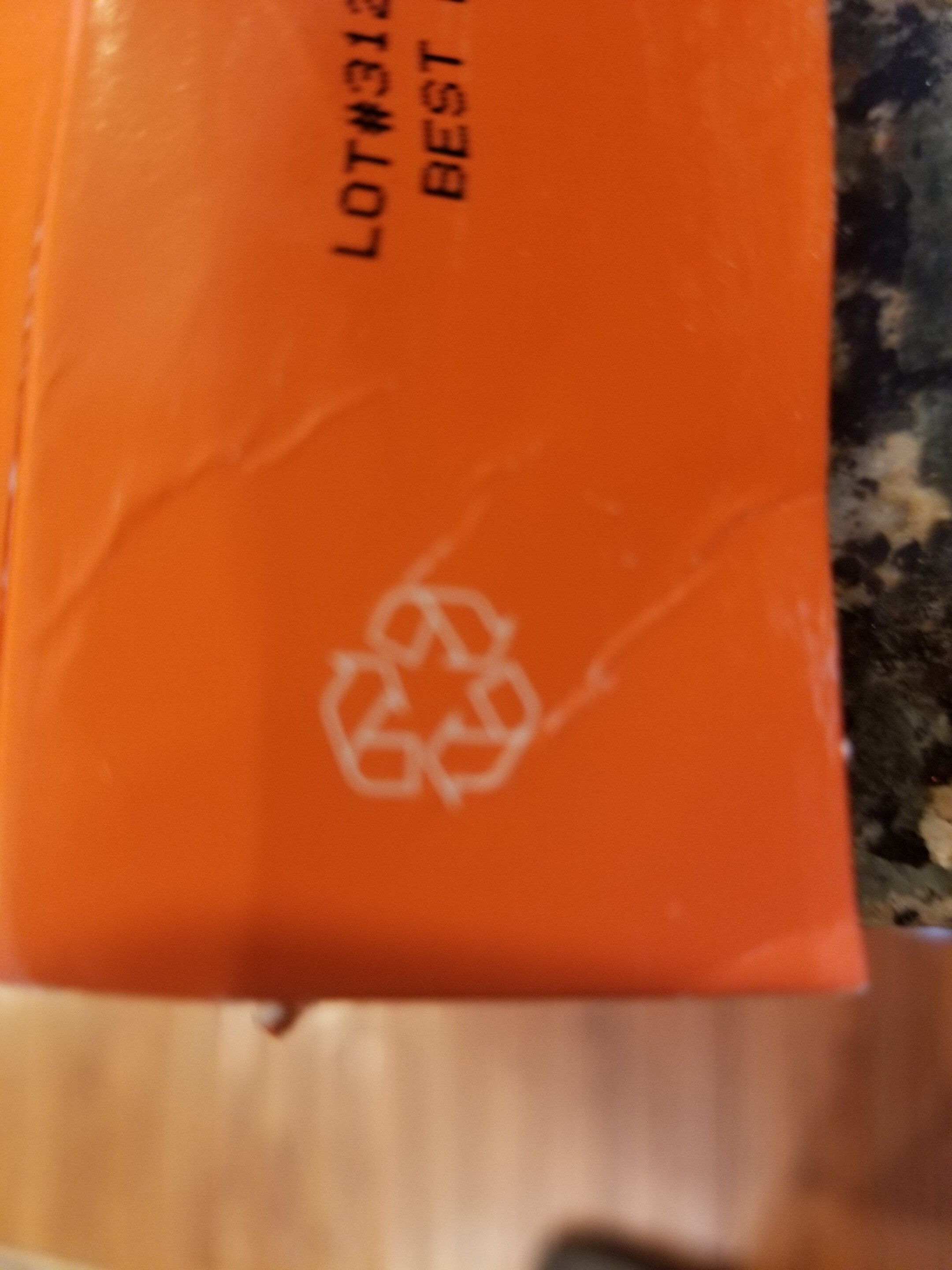Mac & cheese, made from chickpeas - Banza - 11 oz.
Barcode: 0857183005632 (EAN / EAN-13) 857183005632 (UPC / UPC-A)
Quantity: 11 oz.
Packaging: Paper
Brands: Banza
Categories: Plant-based foods and beverages, Plant-based foods, Cereals and potatoes, Cereals and their products, Pastas
Labels, certifications, awards: No gluten
Origin of ingredients: United States
Stores: Costco
Countries where sold: United States
Matching with your preferences
Report a problem
Data sources
Product added on by openfoodfacts-contributors
Last edit of product page on by roboto-app.
Product page also edited by ecoscore-impact-estimator, kiliweb, off.dae1be1b-a179-4902-83c5-98156466ca19, packbot, thaialagata, yuka.sY2b0xO6T85zoF3NwEKvlkh7CvTE-SifF0fipUeUw4a-A7PUYIh13qbYaas.













